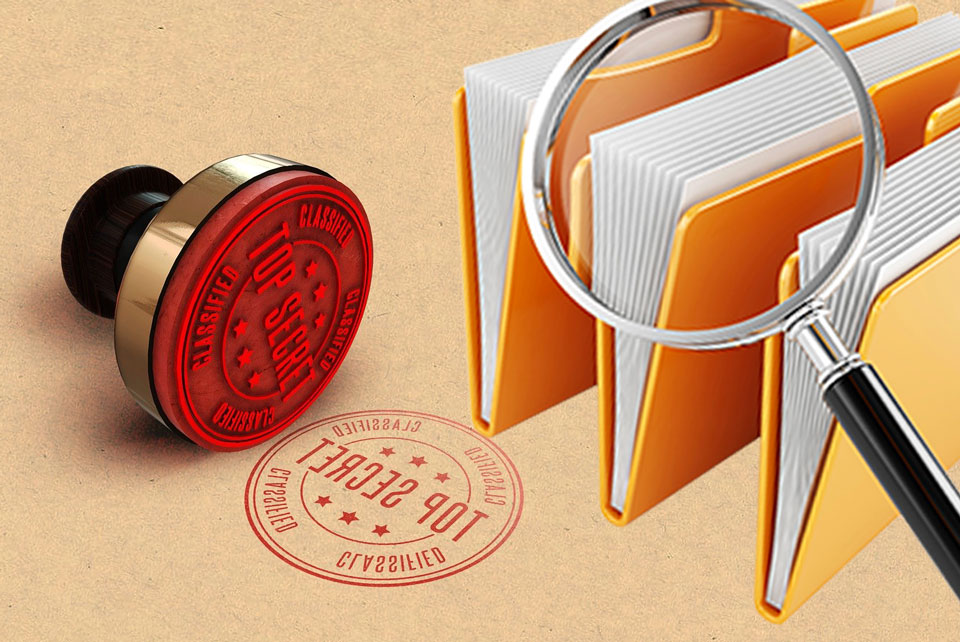Fascination Folders, a place where students can access more information and challenging activities about a topic, can be used in the classroom or electronically during remote learning. In the classroom, they can be physical folders that hold paper copies and printed links, whereas for remote or blended learning, the folder can be electronic.
Fast finishers? No problem! Guide them to the Fascination Folder.
Highly able and needing further challenge? Point them to the Fascination Folder.
Switching off? Re-engage them with something in the Fascination Folder.
Not moving on in learning? Use the Fascination Folder to help students move forwards.
Needing guidance for reading/watching/listening around the subject? Again, the Fascination Folder is where it’s at!
Whilst it takes some time to prepare before the start of a lesson or topic, a Fascination Folder saves time and stress in lesson time, deepens learning for learners who access the folder and allows for lots of enrichment opportunities. Once prepared, the folder can be simply updated in future years. Fascination Folders (or parts of them) could also be shared with parents to empower them to support their children in home learning.
What Can Go in a Fascination Folder?
The sky’s the limit when it comes to putting a Fascination Folder together. As long as it offers further or deeper learning and links to the topic or subject in a wider sense, it can go in. Here are a few ideas of what you could include:
- Subject journals and relevant web articles
- Links to videos and podcasts on the topic that take learning further
- References to books that can be found in the library that cover the topic
- Higher order thinking (analysing, evaluating, creating) questions to challenge students to think further and take alternative perspectives
- Philosophical questions that relate to the topic
- Quizzes to check understanding and reveal misconceptions
- What if…? Would you rather…? and What is the question? queries to encourage divergent thinking.
- Metaphors: e.g. Why is urban expansion like a picnic bench?
- Tasks that move complex concepts to long-term memory, such as paraphrasing, note-taking and summarising
- Personal response questions, such as: What did learning about this mean to you? How does what we learnt affect children today? What else have you read/learned about/heard of that is similar to what you learned?
- Metacognition questions, such as: What did I find most interesting about this lesson? Is there anything I understand differently to before? What skills did I improve?
Example Fascination Folder – The Tudors and the Stuarts
In a Fascination Folder on the topic of The Tudors and the Stuarts, here are some examples of what could be included:
- Links to websites to find out more:
- Videos to watch:
- Elizabeth: The Virgin Queen – Part 1
https://www.youtube.com/watch?v=Jmhak-RI67o - The Tudors
https://www.bbc.co.uk/programmes/b00cx1cv
- Elizabeth: The Virgin Queen – Part 1
- Further reading:
- https://www.bbc.co.uk/teach/how-the-tudor-dynasty-shaped-modern-britain/zrhdbdm
- http://www.emersonkent.com/speeches/golden_speech.htm
- http://www.historyonthenet.com/Stuarts/stuartsmain.htm
- The Prince and the Pauper by Mark Twain
- My Tudor Queen by Alison Prince
- Armada: Thomas Hobbs, England 1587 – 1588 by Jim Eldridge
- Higher order thinking questions:
- Who was the best Tudor monarch?
- Why did the relationship between the King and Parliament break down in the 17th Century?
- What are similar and different about Henry VIII and Elizabeth I as rulers?
- Write a poem/rap/monologue about the English Civil War
- What are some positive aspects of Queen Mary’s reign?
- A quiz to check understanding of key facts about the Tudors
- Philosophical question:
- Do female descendants have as much right to the throne as male descendants? Why was this contested in Tudor times?
- Metaphor:
- Why was the reign of Mary like a spider plant? Write a piece of 300 words on the topic.
- Long-term memory strategy:
- Summarise the reasons Edward VI named Lady Jane Grey as his successor in a 280-character tweet.
- Divergent thinking questions:
- What if Elizabeth I had been Catholic?
- Would you rather be a Parliamentarian or a Royalist? Why?
- The answer is divorce. What is the question?
- Personal response question: What impact did the Tudor dynasty have on your life today?
- Metacognition questions: Did learning about the Tudors change your perspective? How did it change? How can you apply this to other contexts?
Planning a Fascination Folder for your next topic will provide students with the tools to further their learning and to build skills that they can apply in different contexts. It is certainly worth the time investment to set it up, so you have tasks at hand to pull out as and when required and can use them when the topic is covered again in the future. Fascination Folders will give opportunities for deepening learning, stretching students’ learning and raising achievement.
About the author: Rebecca Howell is Potential Plus UK’s Senior Education Consultant. She leads various aspects of the organisation, including oversight of the assessment and advice services. She is passionate about leadership and developing new services to support members. With a background in educational leadership, she has 3 children with high learning potential/dual or multiple exceptionality.






